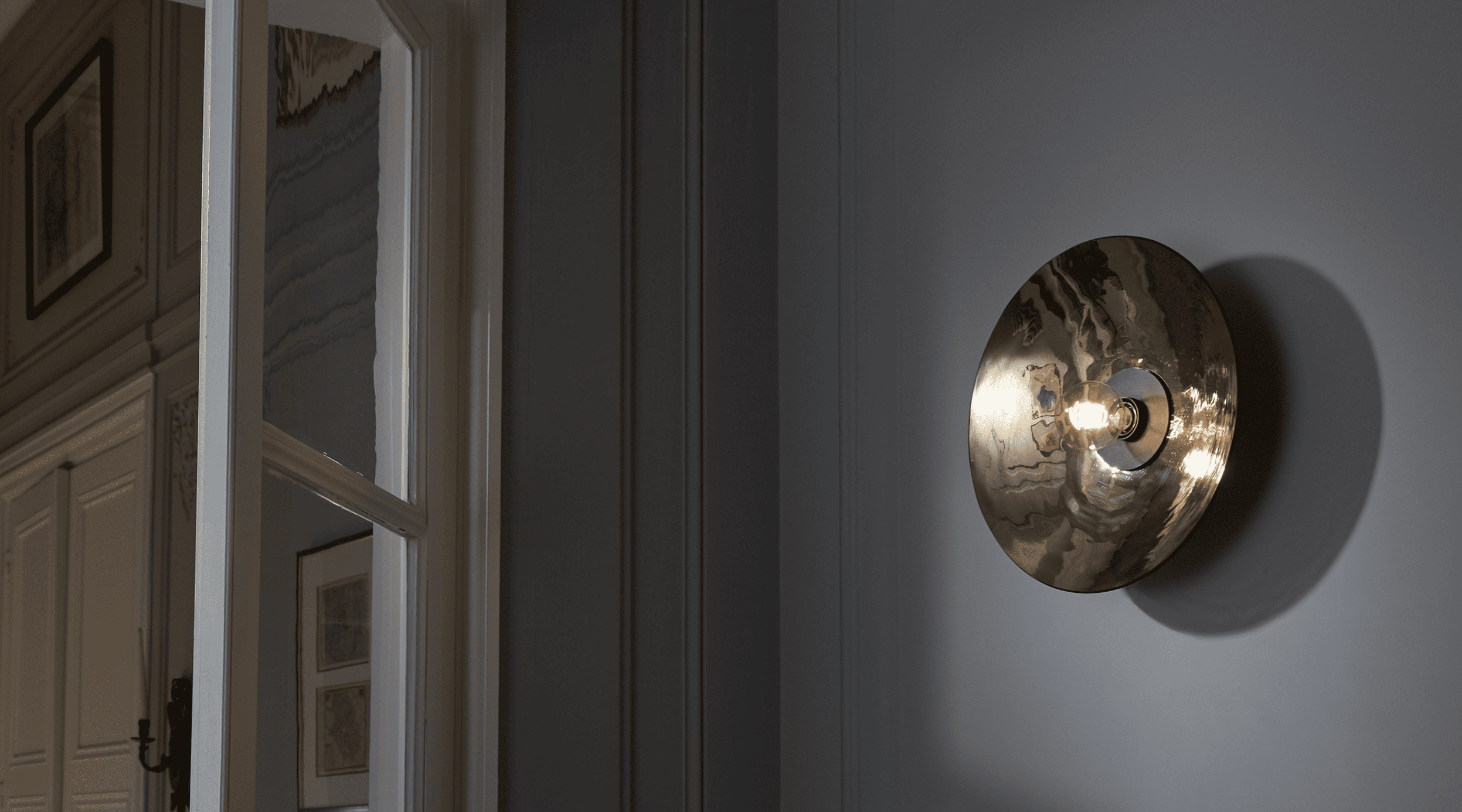“The Use of Light” is a text by Ettore Sottsass, derived from his lecture at the Yamagiwa Art Foundation in Tokyo in 1969, published in the collection Molto difficile da dire (Adelphi, 2019). On this occasion, he was invited as a member of the jury of the ‘International Lamp Design Competition‘. Despite being considered an authoritative voice, in this speech, Sottsass presented himself as a pupil of the Japanese master in designing with light.

The life and works of Ettore Sottsass
Much has been written and said about Ettore Sottsass. Born in 1917 in Innsbruck, Austria, and raised and educated in Italy, his career spanned a wide range of design disciplines. After studying at the Polytechnic University of Turin, he began working in his father’s (Ettore Sottsass Sr.) studio before becoming a designer for Olivetti.

The birth of Memphis
Sottsass was the founder of Memphis, a critical reflection on the production modes of industrial design at the time. With bright colours, geometric shapes, and an eclectic mix of materials, this design group profoundly influenced the aesthetics of the ‘80s‘, becoming a symbol of the visual codes of that decade.

Ettore Sottsass and light
Long before Memphis, Sottsass shared a broader reflection on the significance of working with light in his Tokyo speech. In 1969, the world was unaware of the Bay table lamp or the Callimaco and Tahiti, all objects that contributed to Memphis‘s success and reputation. Sottsass admitted:
«At this point, I must finally confess that I don’t really consider myself competent on the subject of lamps. I don’t really see myself as a lamp specialist. I’ve designed a few, but whenever I have to design a lamp, I never know how to proceed […]. Actually, in the design of lamps, they are a disaster»
Quote from Molto difficile da dire (Adelphi, 2019), translated for this occasion

The public character of light use
What came next is a discourse which emphasizes the public character of the organization of light matter, a type of design to which he acknowledges a sort of nobility. Lighting is not just a practical necessity but an art form that shapes our way of living, inscribed in the experience of modernity and the emerging consumer society.
«Talking about specialists means, in any direction, referring to the human body, its care, its defence: talking about light as a raw material means talking about the raw material for constructing the environment in which man lives»
Quote from Molto difficile da dire (Adelphi, 2019), translated for this occasion
Sottsass: light and architecture
Sottsass goes on to highlight the role of light in the history of architecture, stressing how, especially in non-Western and pre-modern styles, ancient peoples were “able to control and work that great light until it became a language, until it became the very sign of space or the scene for the representation of men”.
He argued that pre-modern architectures performed a reverse passage: “solid envelopes” supporting the “real three-dimensional diagram” where the environment’s definition is entrusted to light. He cited cathedrals as examples, spaces where light becomes a tool for comfort and calm.

Ettore Sottsass: the use of light in Japan
Finally, he discussed the use of light in the history of the Land of the Rising Sun; in both religious and secular Japanese architecture, every project represents “a construction of light, before walls, floors, and ceilings.” “The use of light in Japan is refined, permanent, dynamic.” Sottsass contrasted Japanese design development with the Western focus on building defence, solidity, and monumentality, a “challenge to eternity”; conversely, the Japanese developed the use of light within dynamic architectures, where personal, familial, and natural elements meet in a fusion of changing spaces. Light is a language.
Handling light: a conscious art
Sottsass suggests that the lamp design can be emblematic of modern alienation: a product of an industry focused mainly on what type of light bulb to sell for a particular object. The use of light, according to Sottsass, has to rediscover an awareness of an approach in modelling a matter that is as present as it is diluted in the everyday – eternally visible and essential to the human being. Therefore, with great humility, Sottsass does not claim to be a lighting specialist but leaves a trace for contemporary lighting designers to reflect upon.






